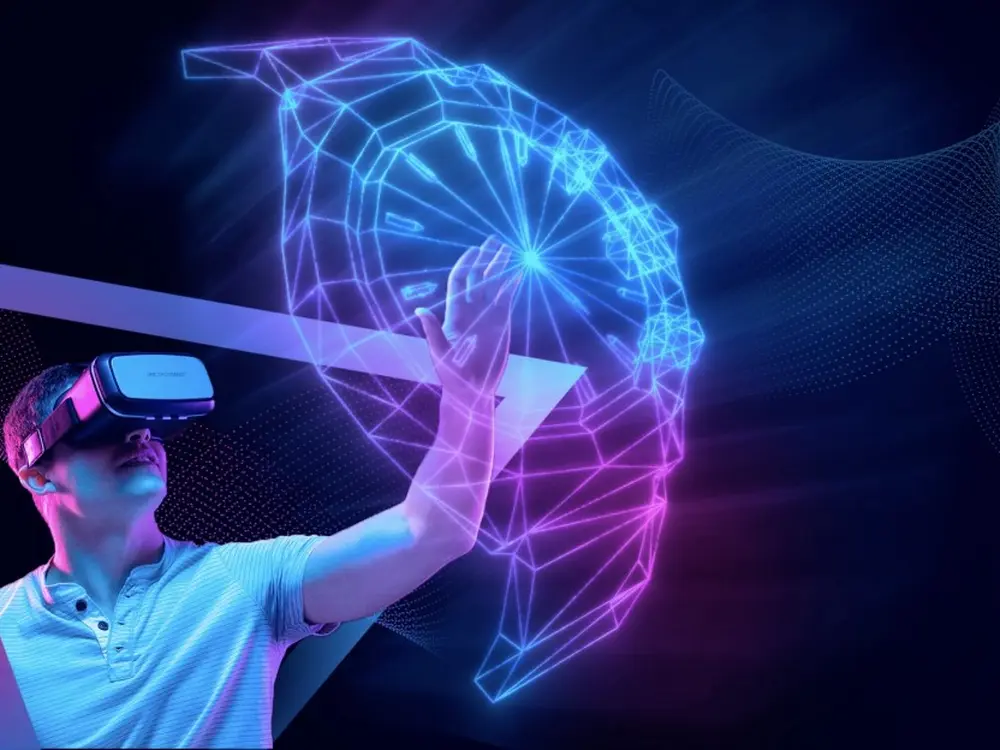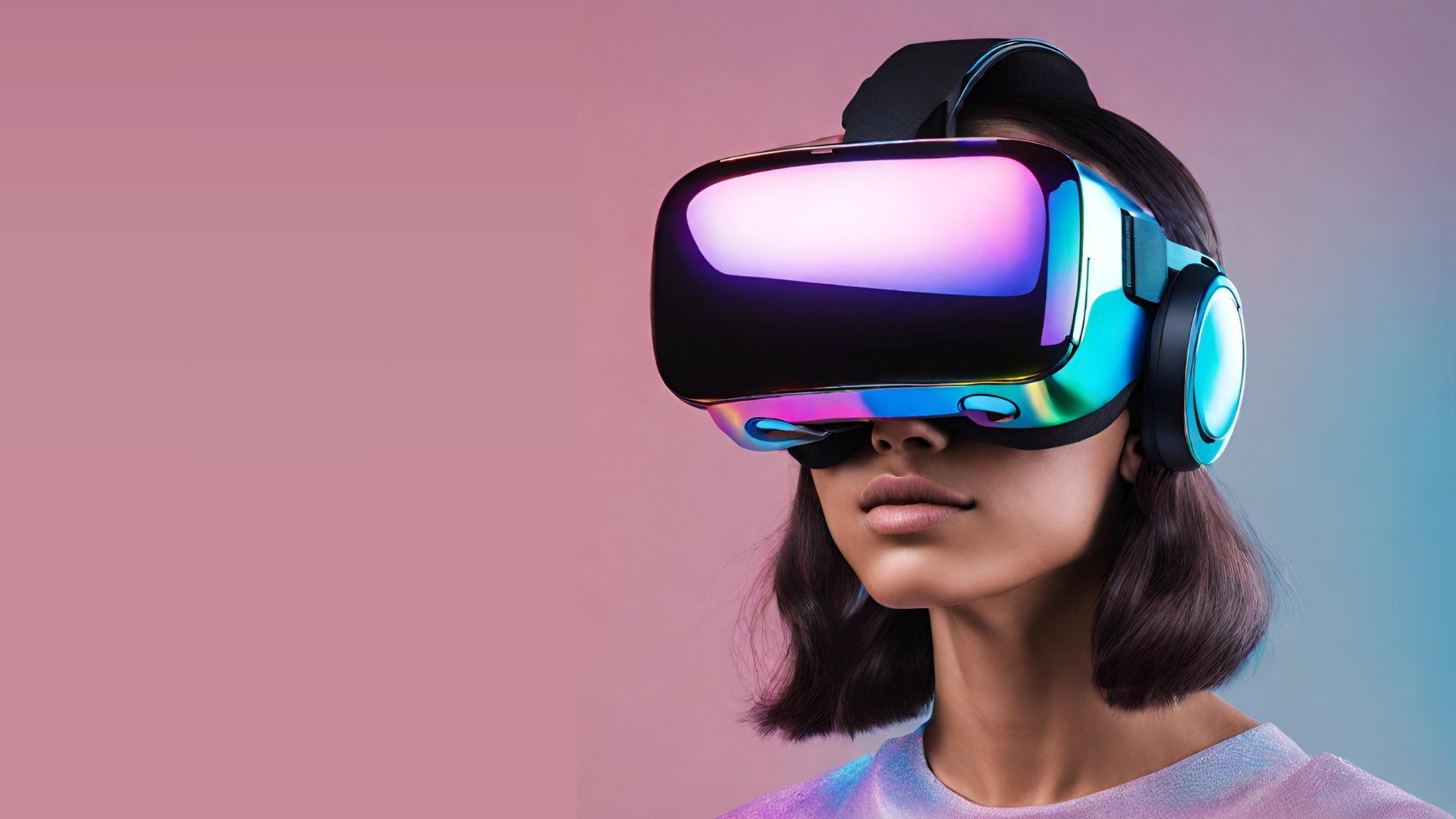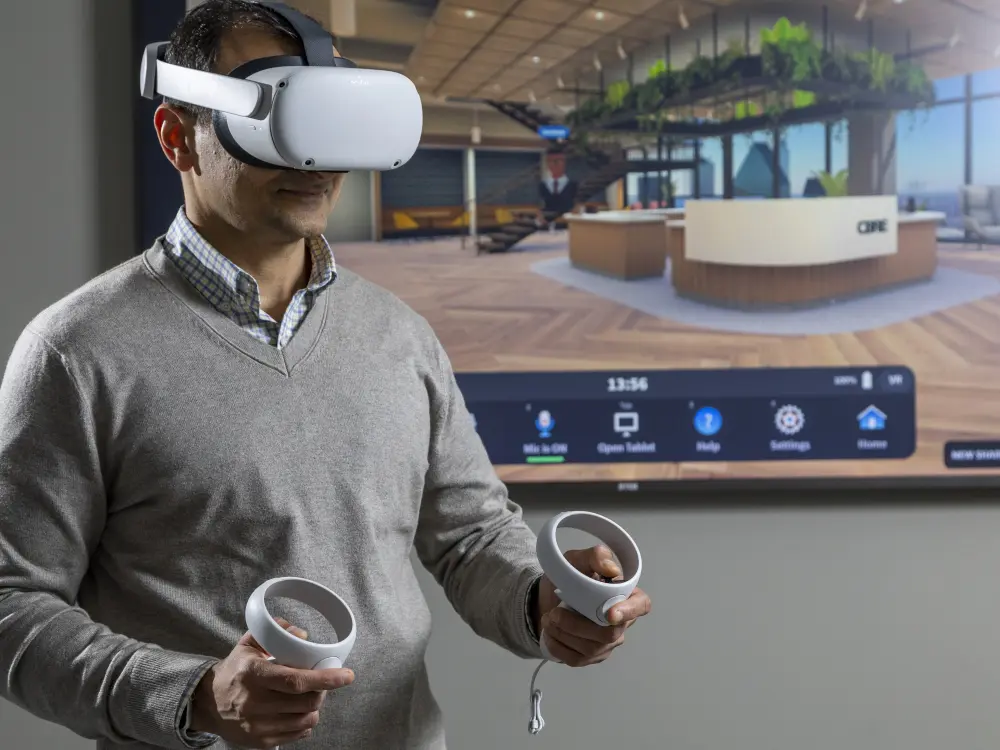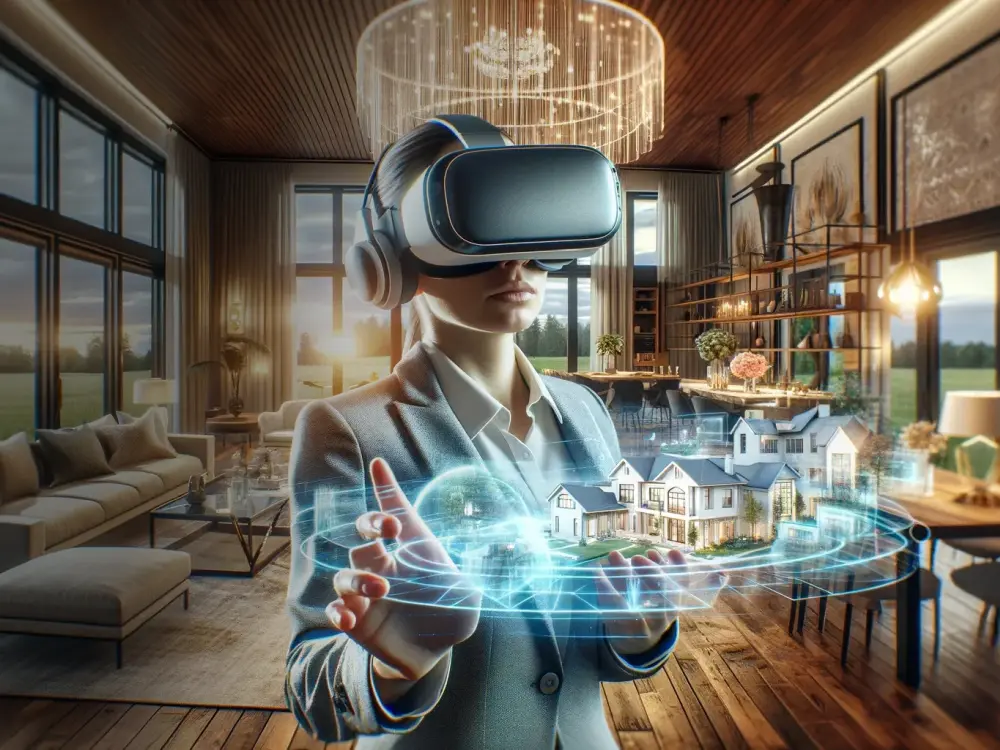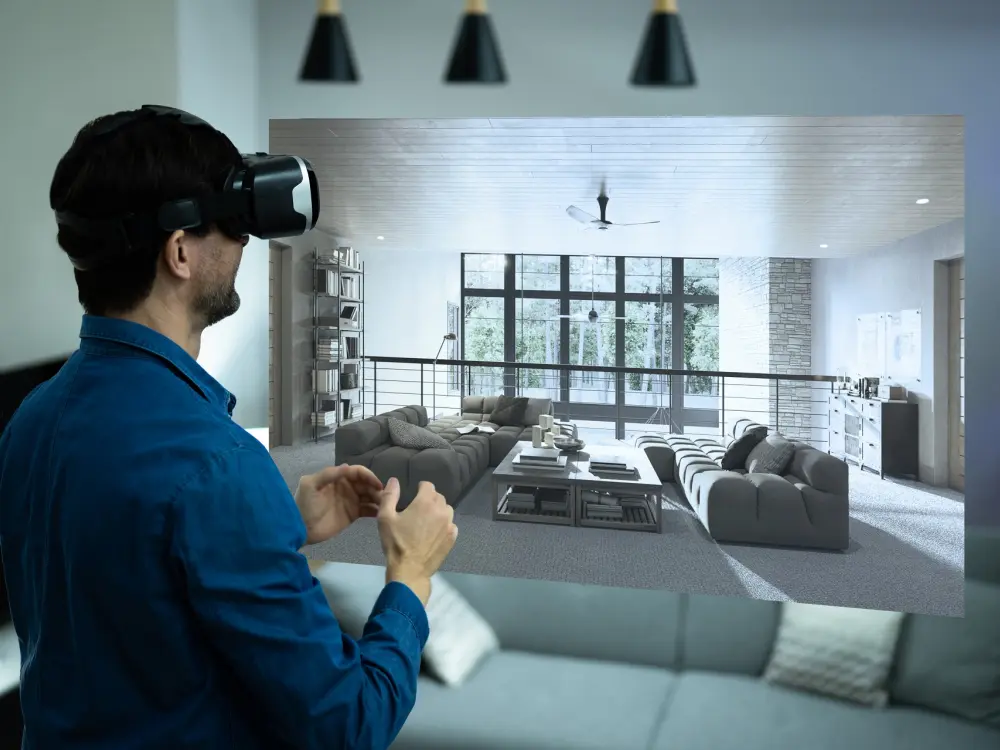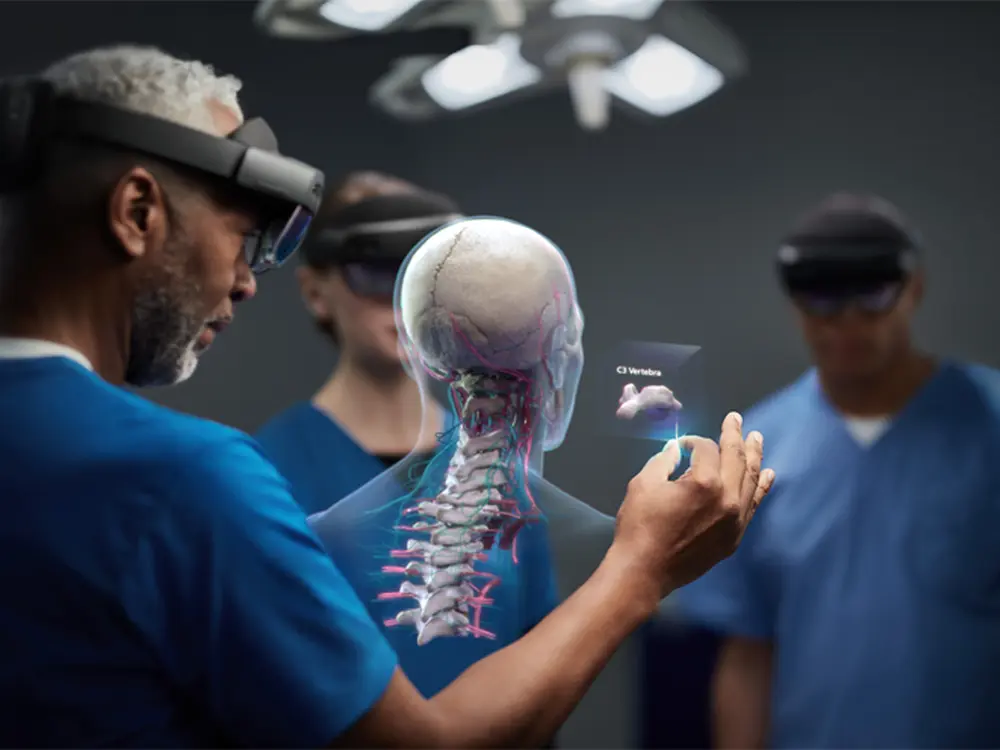In today’s rapidly advancing technological landscape, 3D virtual technology stands at the forefront of innovation, reshaping the way we perceive and interact with digital content. From immersive virtual reality (VR) experiences to interactive augmented reality (AR) applications, the realm of 3D virtual technology offers a diverse array of possibilities that extend beyond entertainment, influencing industries, education, and social interactions alike.
Immersive Experiences: A Gateway to Alternate Realities
At the heart of 3D virtual technology lies the concept of immersion, which transports users to captivating digital environments that defy the boundaries of the physical world. VR experiences plunge users into lifelike simulations, allowing them to explore fantastical landscapes, interact with virtual objects, and engage in immersive storytelling. Meanwhile, AR applications overlay digital content onto the real world, seamlessly blending virtual elements with the user’s surroundings to create interactive experiences that enhance everyday activities.
Industry Transformations: Harnessing the Power of Virtual Innovation
The impact of 3D virtual technology extends beyond entertainment, permeating various industries and revolutionizing traditional processes. In fields such as architecture and design, VR enables professionals to visualize and iterate on projects in a three-dimensional space, facilitating collaboration and enhancing the design process. Similarly, in healthcare, VR simulations provide medical professionals with realistic training scenarios, enabling them to hone their skills in a risk-free environment and ultimately improving patient care.
Entertainment Redefined: From Virtual Realms to Social Interactions
Entertainment experiences have undergone a paradigm shift with the widespread adoption of 3D virtual technology, offering new forms of engagement and social interaction. Virtual reality arcades provide players with immersive gaming experiences, transporting them to captivating virtual worlds where they can interact with friends and strangers alike. Virtual concerts and events allow audiences to experience live performances from the comfort of their own homes, transcending geographical barriers and fostering a sense of community.
Educational Opportunities: Bridging Gaps in Learning and Training
In the realm of education and training, 3D virtual technology offers new opportunities for immersive learning experiences and skill development. Virtual classrooms enable students to engage with educational content in dynamic ways, fostering active learning and collaboration regardless of physical location. VR training simulations provide professionals with hands-on experience in high-risk environments, such as aviation and healthcare, allowing them to practice complex procedures in a safe and controlled setting.
Ethical Considerations: Navigating the Complexities of Virtual Realities
As 3D virtual technology continues to advance, it brings forth a host of ethical and societal implications that must be carefully navigated. Concerns surrounding data privacy, digital surveillance, and the blurring of virtual and real identities underscore the importance of implementing robust regulatory frameworks and ethical guidelines. Additionally, ensuring accessibility and inclusivity within virtual environments is essential to ensuring that these technologies benefit all individuals, regardless of socioeconomic status or physical ability.
Charting the Course Forward: Embracing Innovation Responsibly
As we navigate the ever-evolving landscape of 3D virtual technology, it is essential to embrace innovation responsibly, ensuring that these technologies serve the needs of humanity while minimizing potential risks and negative consequences. By fostering collaboration, innovation, and inclusivity, we can harness the power of 3D virtual technology to create a future where immersive experiences enrich our lives, industries are transformed, and barriers to learning and social interaction are overcome.
In conclusion, the evolution of 3D virtual technology represents a transformative force that has the potential to revolutionize the way we perceive and interact with the world around us. By embracing innovation, addressing ethical considerations, and charting a course forward that prioritizes inclusivity and responsible use, we can unlock the full potential of 3D virtual technology and create a future where the boundaries between the physical and virtual worlds blur ever further.

